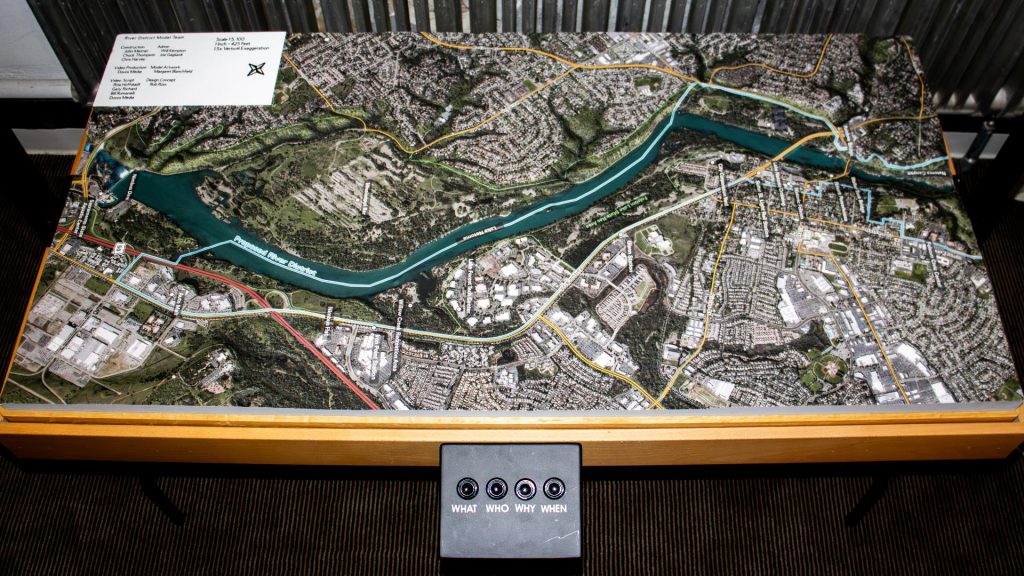Storm System to Bring Heavy Rain, Wind, and Snow to the American River Watershed
The stretch of sunny, spring-like weather in Northern California will come to an end on Wednesday as a significant storm system moves into the region, bringing heavy rain, strong winds, and mountain snow.
Light snow will begin falling around 5,000 feet in the Sierra early Wednesday morning, with rain showers developing in the American River Valley and surrounding foothills.
Weather Impact on the American River Region
Local weather forcast: Alert Day for Wednesday due to hazardous conditions expected from the incoming storm. Travel along Highway 50 through the Sierra is strongly discouraged unless necessary, as heavy snowfall and gusty winds will create dangerous conditions.
Rainfall and Wind Conditions
Morning commuters along the American River Parkway and in the Sacramento area can expect scattered showers and light winds, with minimal disruptions. However, by the afternoon, rain will intensify, leading to a potentially hazardous evening commute.
The heaviest rain is expected to move into Sacramento between 4 and 5 p.m., impacting communities along the lower American River. Wind gusts may also create travel hazards and localized power outages.
By 10 p.m., widespread steady rain will taper off, but lingering showers and possible thunderstorms will persist into Thursday afternoon.
Expected Rainfall Totals
- Sacramento Valley: Over an inch of rain
- Foothills and Upper Watershed: Up to 3 inches of rain
- High Sierra: Significant snowfall above 5,000 feet, making travel difficult
Residents near the American River and its tributaries should stay alert for rising water levels and localized flooding in low-lying areas. Be sure to secure outdoor items and prepare for potential power outages as the storm moves through the region.

